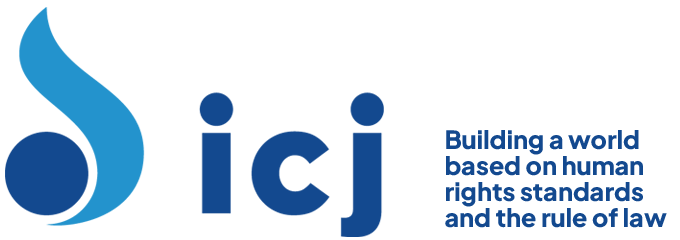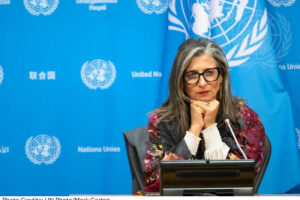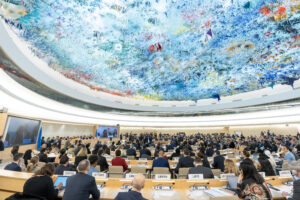III. Tackling the demand for the sexual exploitation of children
C. Demand for the sexual exploitation of children
45. Racism and discrimination play a central part in certain forms of demand for the sexual exploitation of children. Some offenders, in particular in the context of travel and tourism, target children of a different ethnicity because they believe that the children are inferior and/or that the local culture condones the sexual exploitation of children.{{39}} In addition, caste-based systems or similarly entrenched inequities enable the offender to justify the sexual exploitation of children from lower castes or groups. Discrimination based on sexual orientation is also a source of demand, since the sexual exploitation of homosexual or transgender children can be seen in certain cultures as acceptable. Indeed, in those contexts the sexual orientation of the child is condemned and his or her exploitation is blamed on him or her.{{40}}
Link to full text of the report: Report-SRSC-2015-eng
[[39]]39. Protection project “International child sex tourism: Scope of the problem and comparative case studies”, John Hopkins University, 2007, p. 23.[[39]]
[[40]]40. ECPAT International, “Informe de monitoreo de país sobre la explotación sexual comercial de niñas, niños y adolescentes en Guatemala”, 2014, p. 19.[[40]]




